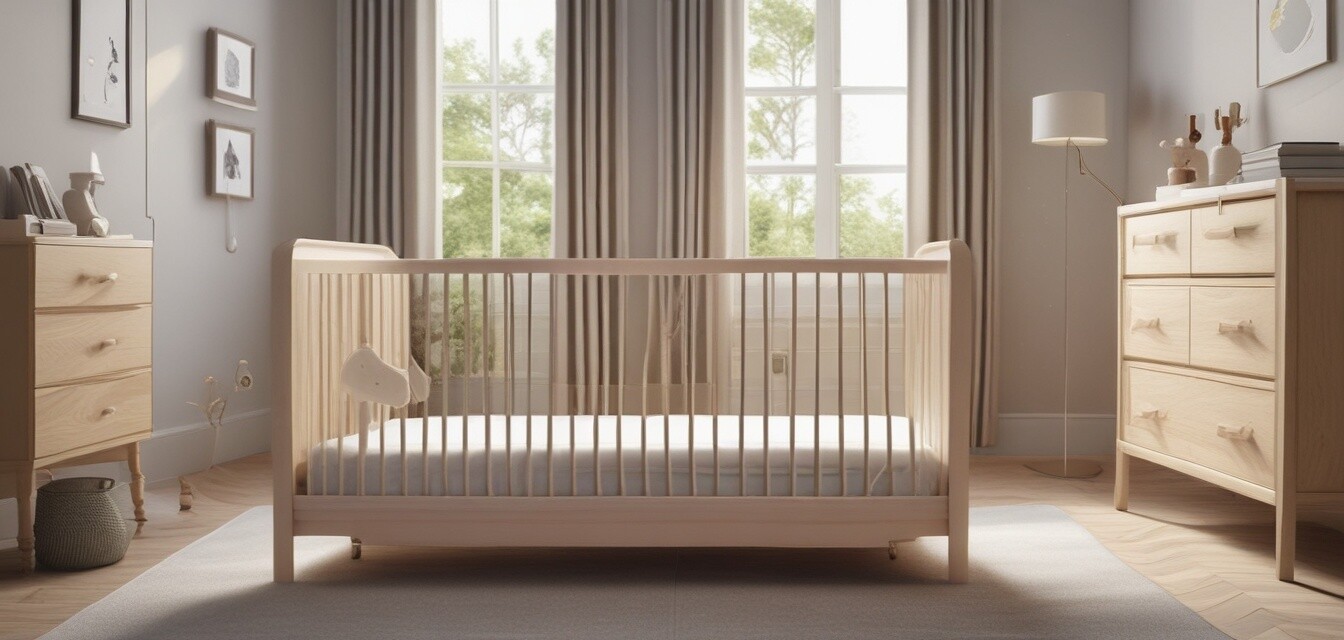
Signs It’s Time to Replace Your Cot Mattress
Key Takeaways
- Check for visible signs of wear and tear.
- Ensure the mattress fits snugly in the cot.
- Consider the age and history of the mattress.
- Look for any staining or odors that cannot be cleaned.
- Prioritize your child's health and comfort when making decisions.
Maintaining a comfortable and safe sleeping environment for your child is paramount. As parents, we want to ensure their cot mattress is in good condition for optimal safety and comfort. Knowing when it's time to replace your child's cot mattress is crucial for their well-being and can prevent common issues that arise from using an old or damaged mattress. In this article, we will explore key signs that indicate it’s time for a replacement.
1. Visible signs of wear and tear
Over time, cot mattresses can show clear signs of physical degradation. Here are some indicators:
- Cracks or splits in the mattress surface.
- Indentations or sagging in specific areas.
- Frayed edges or missing fabric.
Why it matters
A degraded mattress can lead to discomfort and safety issues for your child. It’s essential to inspect the mattress regularly and be alert for these visible signs. In situations where the physical integrity of the mattress is compromised, replacing it is crucial.
2. Fits snugly in the cot
The right fit is vital for safety. A mattress that does not fit properly in the cot can lead to:
- Risk of entrapment between the mattress and cot walls, which can pose safety hazards.
- Movement of the mattress during use, causing an unstable sleeping surface.
If your cot mattress shifts or can be easily moved, it is time to consider purchasing a new one that fits correctly. For more information on choosing the right size, visit our buying guides.
3. Age of the mattress
The age of a cot mattress is critical in determining its usability. Most cot mattresses would typically need replacing every 3 to 5 years. Factors to consider include:
- The frequency of use.
- Environmental factors (e.g., moisture, temperature).
- History of spills or accidents.
Even if the mattress appears fine, age can affect its integrity and comfort. If it has been several years, it may be time to look for a new one.
4. Stains and odors
Accidents happen, and it's normal to see some stains on a baby’s mattress. However, if cleaning efforts are not successful in eliminating stains or odors, this is a strong sign to replace the mattress. Here’s why:
- Stains indicate that liquid has penetrated the mattress, potentially leading to mold or bacteria.
- Odors that persist might mean that the mattress has absorbed fluids or has developed mildew.
For guidance on cleaning your mattress, check out our article on cot mattress maintenance.
5. Ensure your child’s health and comfort
Lastly, the primary consideration should always be your child's health and comfort. If you notice your child experiencing discomfort, such as:
- Frequent waking during the night.
- Restlessness while sleeping.
- Signs of allergies or skin irritations.
These could indicate that the mattress is no longer suitable for their needs and may require immediate replacement.
Conclusion
In summary, regularly checking your child's cot mattress is essential to ensuring their safety and comfort. By being aware of these signs, you can proactively address any issues and provide your child with a safe and restful sleeping environment.
Pros
- Improved safety for your child.
- Enhanced comfort for better sleep quality.
- Increased mattress lifespan with regular replacement.
Cons
- Cost of replacement mattresses.
- Disposal of old mattresses can be cumbersome.
Key Takeaways
- Visually inspect your cot mattress regularly.
- Ensure a snug fit to prevent safety hazards.
- Consider your mattress's age as a factor for replacement.
- Watch for persistent stains or odors.
- Prioritize your child's comfort and health.